













check list




Blue Washing Meanings














check list




Blue Washing Meanings
Sustainability Message by
Mr. Mahmoud Gebril
Head of Product Development
Sustainability Statement

As a leader in non-banking financial services, Beltone recognizes its responsibility to embed sustainability into the fabric of our business and product offerings. The urgency to address global challenges such as climate change, resource depletion, and social inequality has never been more pressing. We understand that as capital advisors, we play a pivotal role in shaping a sustainable future.
Over recent months, we have taken significant strides to integrate Environmental, Social, and Governance (ESG) considerations across our services and products. Our initiatives include:
Innovative Sustainable Financing: We are at the forefront of developing cutting-edge sustainable financing solutions, such as green and structured bonds, sustainable bonds with key performance indicators, carbon credits, and ESG-focused collective investment funds.
Stakeholder Engagement: We actively collaborate with regulators, investors, customers, and communities to align with their sustainability priorities and concerns. A testament to this is Beltone’s successful execution of the first carbon credits transaction in the voluntary market at AFRICARBONEX, showcasing our commitment to meeting market and client needs for sustainable financial instruments.
Digital Transformation for Sustainability: We are investing in digital transformation initiatives to seamlessly integrate sustainability data and analytics into our core business processes, ensuring informed decision-making and enhanced value creation.
At Beltone, we believe that embracing sustainability is not just a commitment—it’s a pathway to creating long-term value for our customers, communities, and the planet. We are dedicated to advancing this journey, building a more sustainable future for all.
Become more familiar with our new building:
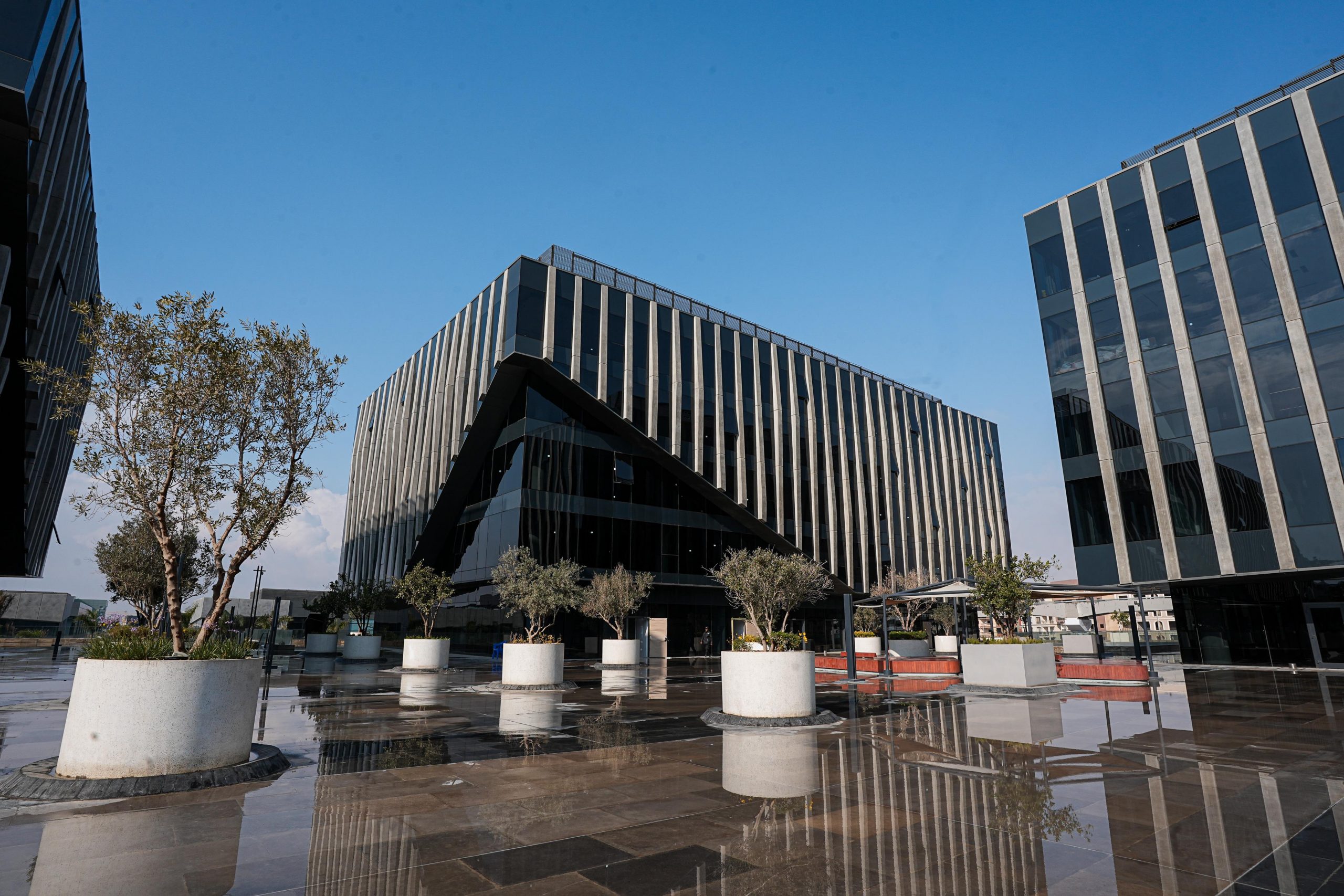

In our commitment to supporting sustainability and addressing climate concerns, we proudly announce that Beltone’s new premises are equipped with a state-of-the-art Building Management System (BMS). This reliable and efficient BMS ensures that our building operates optimally.
When properly installed and regularly maintained, the BMS effectively monitors and manages our technical equipment, meeting all operational requirements and enhancing the building’s overall efficiency. This investment underscores our dedication to creating a sustainable and environmentally responsible workspace.
The primary components of a building management system and their key functions for the building include:
1. HVAC: This aspect of the system controls fans, dampers, air handling units, and fan coil units to ensure specific air conditions in terms of temperature and humidity.
2. Lighting: The system is capable of switching the lights on and off at specific times, and can also control lighting based on specific days and times in each zone.
3. Curtains: The system can be control the curtains on /off for all floors.
Moreover ,Below we will explore the multiple advantages that a BMS can provide:
a. Improved Energy Efficiency
One of the main advantages of a BMS is improved energy efficiency. By integrating and controlling various equipment, a BMS can optimize energy use throughout the building, resulting in savings ranging from 5% to 15% on energy bills on average. A combination of factors contributes to this improved management, including automated equipment control and simplified monitoring of their operation.
b. Better Maintenance
The BMS saves maintenance staff valuable time, allowing them to focus on higher value-added tasks and make cost-effective decisions. It also enriches their understanding of systems, leading to more efficient maintenance.
c. Elevated Comfort and Safety
By upholding the building’s comfort and operational standards, the BMS directly contributes to enhanced satisfaction among our company’s internal and external customers, leading to an overall improvement in comfort and safety.
d. Increased Productivity
The BMS increases the company’s productivity in several ways. It saves maintenance staff valuable time, allowing them to focus on higher value-added tasks and make cost-effective decisions.
e. Commitment to Environmental Sustainability
Through the implementation of a BMS, our building takes a significant step towards addressing environmental challenges and strengthening our communication and brand image. Every kilowatt-hour saved on our electricity bill represents a tangible reduction in CO2 emissions, underscoring our commitment to combat climate change and meet regulatory requirements.
f. Return on Investment
Using an integrated BMS to manage the facility boosts employee productivity and cuts energy and operating costs.
As per the Egyptian Ministry of Electricity and Energy the statistics for Energy consumption
one of the comprehensive efforts from the Ministry of Electricity and Renewable Energy’s strategic initiatives aimed at enhancing service quality and ensuring the reliability, sustainability, and stability of electrical supply. such as promoting private sector engagement, optimizing the energy mix, and reducing fuel consumption.
Central to the ministry’s work program is a holistic strategy encompassing a robust action plan and various executive initiatives. These efforts are geared towards achieving a diversified energy generation portfolio and bolstering energy security while advancing towards greater reliance on renewable sources. Emphasizing the imperative role of the electricity sector in national economic development and citizens’ daily lives, highlighted ongoing efforts to maximize operational efficiencies across production, transmission, and distribution sectors.
In pursuit of sustainable energy solutions, noted significant achievements, including the addition of 30,000 megawatts of capacity in recent years, with notable contributions from private sector partnerships in renewable energy projects totaling 1,956 megawatts. The ministry’s policies aim to harness natural resources effectively, optimize generation costs, and enhance energy utilization efficiency through network enhancements, advanced lighting systems, and energy-saving technologies. Moreover, measures are underway to modernize and expand the electricity grid, upgrading infrastructure for improved transmission and distribution capabilities.
Addressing network losses and enhancing metering systems form critical components of the ministry’s agenda. outlined initiatives to transition to smart grid technologies, upgrade metering infrastructure, and deploy prepaid metering systems to safeguard electricity entitlements and improve service reliability. Collaboration with the private sector remains pivotal, particularly in pioneering renewable energy ventures and advancing technological innovations to meet evolving energy demands.
Looking ahead, international connectivity projects such as electrical interconnections with neighboring countries like Libya, Jordan, and Sudan, along with ongoing studies for potential interconnections with Greece and Italy. These initiatives are poised to bolster regional energy cooperation and enhance supply stability.
In conclusion, reaffirmed the ministry’s commitment to prioritizing service enhancement, stability, and efficiency gains in electricity provision. The ongoing efforts to reduce fuel consumption and mitigate losses underscore the ministry’s proactive stance in advancing sustainable energy solutions and

As per the Egyptian Ministry of Electricity and Energy the statistics for Energy consumption

one of the comprehensive efforts from the Ministry of Electricity and Renewable Energy’s strategic initiatives aimed at enhancing service quality and ensuring the reliability, sustainability, and stability of electrical supply. such as promoting private sector engagement, optimizing the energy mix, and reducing fuel consumption.
Central to the ministry’s work program is a holistic strategy encompassing a robust action plan and various executive initiatives. These efforts are geared towards achieving a diversified energy generation portfolio and bolstering energy security while advancing towards greater reliance on renewable sources. Emphasizing the imperative role of the electricity sector in national economic development and citizens’ daily lives, highlighted ongoing efforts to maximize operational efficiencies across production, transmission, and distribution sectors.
In pursuit of sustainable energy solutions, noted significant achievements, including the addition of 30,000 megawatts of capacity in recent years, with notable contributions from private sector partnerships in renewable energy projects totaling 1,956 megawatts. The ministry’s policies aim to harness natural resources effectively, optimize generation costs, and enhance energy utilization efficiency through network enhancements, advanced lighting systems, and energy-saving technologies. Moreover, measures are underway to modernize and expand the electricity grid, upgrading infrastructure for improved transmission and distribution capabilities.
Addressing network losses and enhancing metering systems form critical components of the ministry’s agenda. outlined initiatives to transition to smart grid technologies, upgrade metering infrastructure, and deploy prepaid metering systems to safeguard electricity entitlements and improve service reliability. Collaboration with the private sector remains pivotal, particularly in pioneering renewable energy ventures and advancing technological innovations to meet evolving energy demands.
Looking ahead, international connectivity projects such as electrical interconnections with neighboring countries like Libya, Jordan, and Sudan, along with ongoing studies for potential interconnections with Greece and Italy. These initiatives are poised to bolster regional energy cooperation and enhance supply stability.
In conclusion, reaffirmed the ministry’s commitment to prioritizing service enhancement, stability, and efficiency gains in electricity provision. The ongoing efforts to reduce fuel consumption and mitigate losses underscore the ministry’s proactive stance in advancing sustainable energy solutions and
Energy Conservation
vs.
Energy Efficiency
What is the difference?

Energy conservation and efficiency may be related, but they have distinct definitions in the energy world. Energy conservation involves using less energy by adjusting your behaviors and habits.

Energy efficiency, on the other hand, involves using technology that requires less energy to perform the same function. Energy-saving light bulbs, large household appliances, smart thermostats, and smart home hubs like Constellation Connect are all examples of technology that can be energy efficient.

10 Energy Conservation Ideas
So why is it important to conserve energy? While energy efficiency might cost you money up front before potentially saving you money down the road, energy conservation is something you can put into practice immediately, either at very little or no cost to you. Here are 10 energy conservation ideas you can get started with today.

Turn your refrigerator down
Refrigerators account for as much as 13.7% of the total household energy use. To increase energy savings, set your fridge to 37 degrees Fahrenheit and your freezer to 3 degrees Fahrenheit.

Use energy-efficient light bulbs
Install energy-saving CFL or LED bulbs in your lighting fixtures to use 25-35 percent less energy, compared to regular incandescent bulbs.

Clean or replace air filters
as recommended. The air conditioner and heater are the biggest energy users in most homes, and these appliances have to work even harder with dirty air filters. Write the date of installation on the filter to help you remember when it needs to be replaced.

Use smart power strips
Even when not in use, household electronics still draw power from outlets. This phenomenon is called “phantom load”. Energy-saving smart power strips, which shut down appliances that have gone into standby mode, help you cut down on phantom-load costs, potentially resulting in money and energy savings.

Do full loads
Make sure your dishwasher and washing machine are full before running them to get the most energy-saving use from each run cycle.

Air-dry dishes and clothes
Instead of using your dishwasher’s drying feature, consider letting the dishes air-dry. And instead of using the dryer on a nice day, hang your clothes outside to dry.

Bake with glass or ceramic pans
You can set the oven’s temperature 25 degrees lower than indicated in the recipe when you do this.

Cook using the right-sized burner
Conserve energy by using your stove’s small burners for small pots and large burners for large pots.

Cut down on air
leaks in your home. You’re paying for warm air in the winter and cool air in the summer — don’t let that money escape! Check your windows and doors for cracks and gaps, and seal them up with new weather stripping or caulk

Keep your house a little hotter in the summer and a little cooler in the winter.
Opt for wearing lighter clothes in the summer and wearing a few extra layers in the winter in exchange for those few degrees’ change in temperature. A good rule of thumb is to set the thermostat to 68 degrees Fahrenheit in the winter and to 78 in the summer.
What is renewable energy?
Renewable energy is energy derived from natural sources that are replenished at a higher rate than they are consumed. Sunlight and wind, for example, are such sources that are constantly being replenished. Renewable energy sources are plentiful and all around us. Fossil fuels – coal, oil and gas – on the other hand, are non-renewable resources that take hundreds of millions of years to form. Fossil fuels, when burned to produce energy, cause harmful greenhouse gas emissions, such as carbon dioxide. Generating renewable energy creates far lower emissions than burning fossil fuels. Transitioning from fossil fuels, which currently account for the lion’s share of emissions, to renewable energy is key to addressing the climate crisis. Renewables are now cheaper in most countries, and generate three times more jobs than fossil fuels.
Solar Panel

Solar panels, also known as photovoltaics (PV), capture the sun’s energy and convert it into electricity to use in your home. Installing solar panels lets you use free, renewable, low carbon electricity. You can sell surplus electricity to the grid or store it for later use. According to low-carbon certification organisation MCS , there were more than 183,000 solar panel installations across the UK in 2023. This is a third higher than 2022, showing that solar is an increasingly popular renewable technology. And, against the backdrop of unstable energy costs, it’s a good time to consider taking advantage of the free, renewable energy that solar panels provide.
How do solar panels work?
When the sun shines on a solar panel, solar energy is absorbed by individual PV cells in the panel. These cells are made from layers of semi-conducting material, most commonly silicon. The PV cells produce an electrical charge as they become energised by the sunlight. This electrical charge creates a direct current (DC) of electricity. The current passes through an inverter to turn it into alternating current (AC) electricity. This is the kind of current needed for household appliances. The cells don’t need direct sunlight to work and can even work on cloudy days. However, the stronger the sunshine, the more electricity generated Solar panel systems tend to be made up of between six and 12 panels, with each panel generating around 400 to 450W of energy in strong sunlight. As solar energy rapidly gains popularity, one of the most important and complex questions every potential solar customer has is, “How many solar panels do I need?” Based on our customer surveys, the average house needs around 16-25 solar panels to power its typical energy consumption. The number of solar panels you need is important because it largely determines the total cost of your solar array. However, the answer is based on a number of individualized factors like household energy use, home location, roof size, roof angle and more. Though a solar professional can visit your property to assess your roof and decide the appropriate number of panels, you don’t have to go into the process blindly.
Total
Collected Waste
1294Kgm
Recycled
Waste
1036g= (80.06%)

Total
Collected Waste
1294Kgm
Recycled
Waste
1036g= (80.06%)
New Collaboration with Cash and UN women
Cash Micro Finance recently held a productive meeting with UN Women to explore potential collaborations.
- Introductory presentation outlining CMF CSR efforts.
a. Partnership with Challenge Fund for Youth Employment (CFYE)
b. SehaCash: Medical discount card
c. Training programs and workshops for young entrepreneurs - There are many commonalities between CMF and UN Women in terms of their core values.
a. Women’s empowerment
b. Income Security
c. Promoting economic and financial literacy - Potential areas for collaboration:
a. Signing WEPs Agreement:
i. The Women’s Empowerment Principles (WEPs) offers guidance to businesses on how to advance gender equality and women’s empowerment in the workplace.
ii. By joining the WEPs community, CEOs are demonstrating that they are committed to this agenda at the highest level of their companies, working together in a multi-stakeholder network to advance business practices that empower women. These include:
1. equal pay for work of equal value
2. gender-equitable supply chain practices
3. zero tolerance of sexual harassment in the workplace
b. Trainings:
i. Both entities can collaborate in training CMF’s clients, to ensure they have the necessary skills to run and grow their businesses. Teaching them skills related to:
1. Marketing their businesses
2. Operational Efficiency
3. Financial and Economic Literacy
c. Potentially creating a CMF product specifically for women.

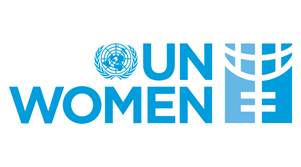
End Of Day check list
As part of our commitment to sustainability, please ensure the following tasks are completed before leaving:
This checklist will also serve as your PC screensaver to remind you of these important steps. Your attention to these details helps us create a more sustainable workplace.
Thank you for your continued support.
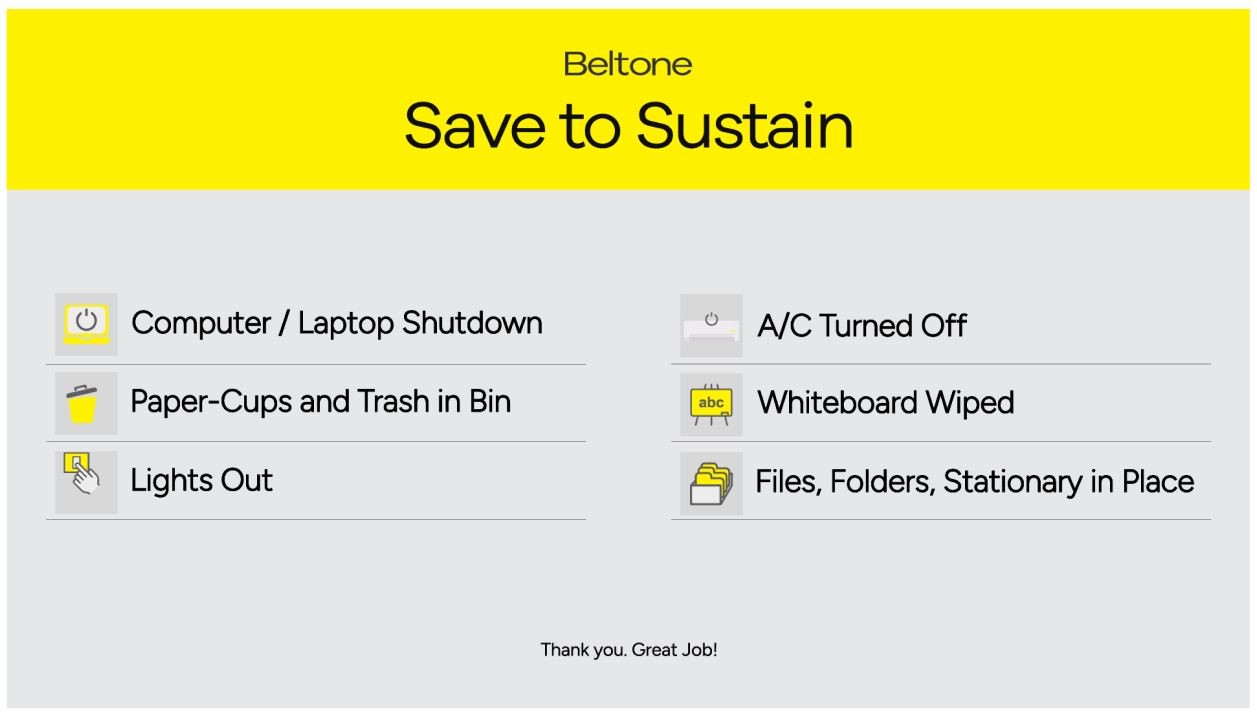
Carbon Credit Trade Summary
“In recent years, there has been a notable increase in businesses adopting sustainable practices that focus on environmental, social, and governance (ESG) principles. This shift is critical as the global economy transitions rapidly to a low-carbon model to meet the climate goals set out in the Paris Agreement.
Understanding Carbon Credits
Carbon credits are tradable certificates or permits that represent the right to emit one metric ton of carbon dioxide or an equivalent amount of other greenhouse gases. These credits are earned by organizations or projects that actively reduce greenhouse gas emissions or remove carbon dioxide from the atmosphere.
The Launch of the Voluntary Carbon Market (VCM)
In alignment with global trends, the Financial Regulatory Authority (FRA) of Egypt has amended the Executive Regulations of the Capital Market Law to recognize ‘Carbon Credits’ as a financial instrument, following the model established by the European Union. During the COP27 summit in 2022, the Egyptian Exchange (EGX) in collaboration with the FRA announced the establishment of the region’s first voluntary carbon market. Egypt is pioneering a hybrid carbon market system that effectively integrates regulations, markets, and innovation. Although the market is voluntary, it operates under stringent regulations to ensure the credibility and trustworthiness of the carbon credits generated.
To support this initiative, the FRA has collaborated with the EGX and the Ministry of Environment of Egypt to form a high-level Voluntary Carbon Market Committee. This committee is tasked with setting regulations for the issuance and trading of carbon credits, establishing criteria for the selection of Verifier and Validator Bodies for carbon projects, and maintaining overall market integrity.
Beltone Securities Brokerage’s Role
Beltone Securities Brokerage is proud to announce that it has obtained the first license for carbon credit trading and has successfully executed the first carbon credit trade on the Egyptian Exchange. This landmark transaction represents a significant milestone in the development of Africa’s first regulated voluntary carbon market, launched on the sidelines of COP27 in 2022. This achievement is the result of months of close collaboration with regulators to establish the trading rules for carbon credits and their future contracts.
Moreover, this transaction underscores Egypt’s ambitious ESG strategy, a vision that Beltone Holding fully supports by offering an expanding portfolio of ESG-focused financial products. We are committed to advancing sustainable development goals and contributing to a more sustainable future.”
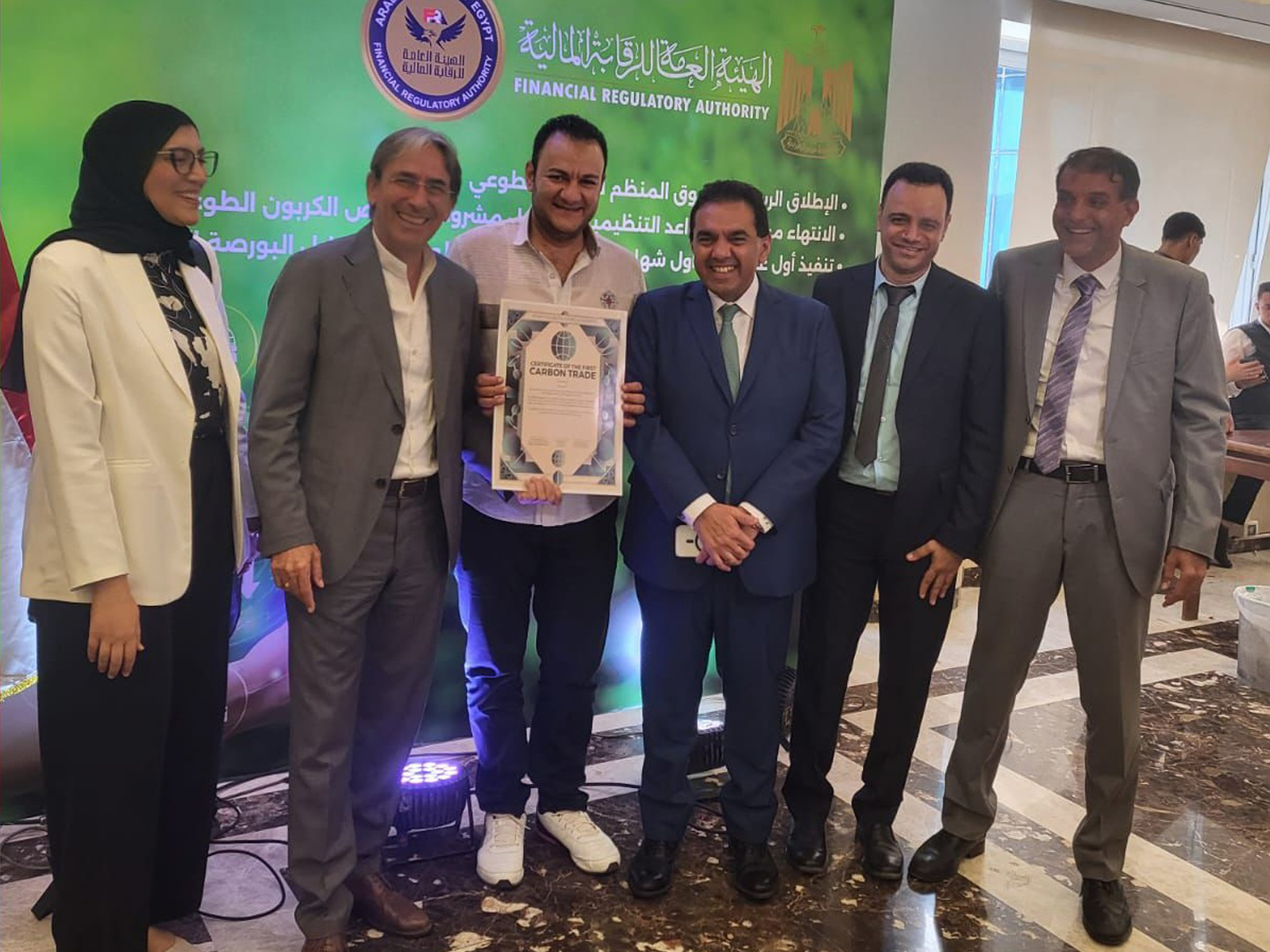
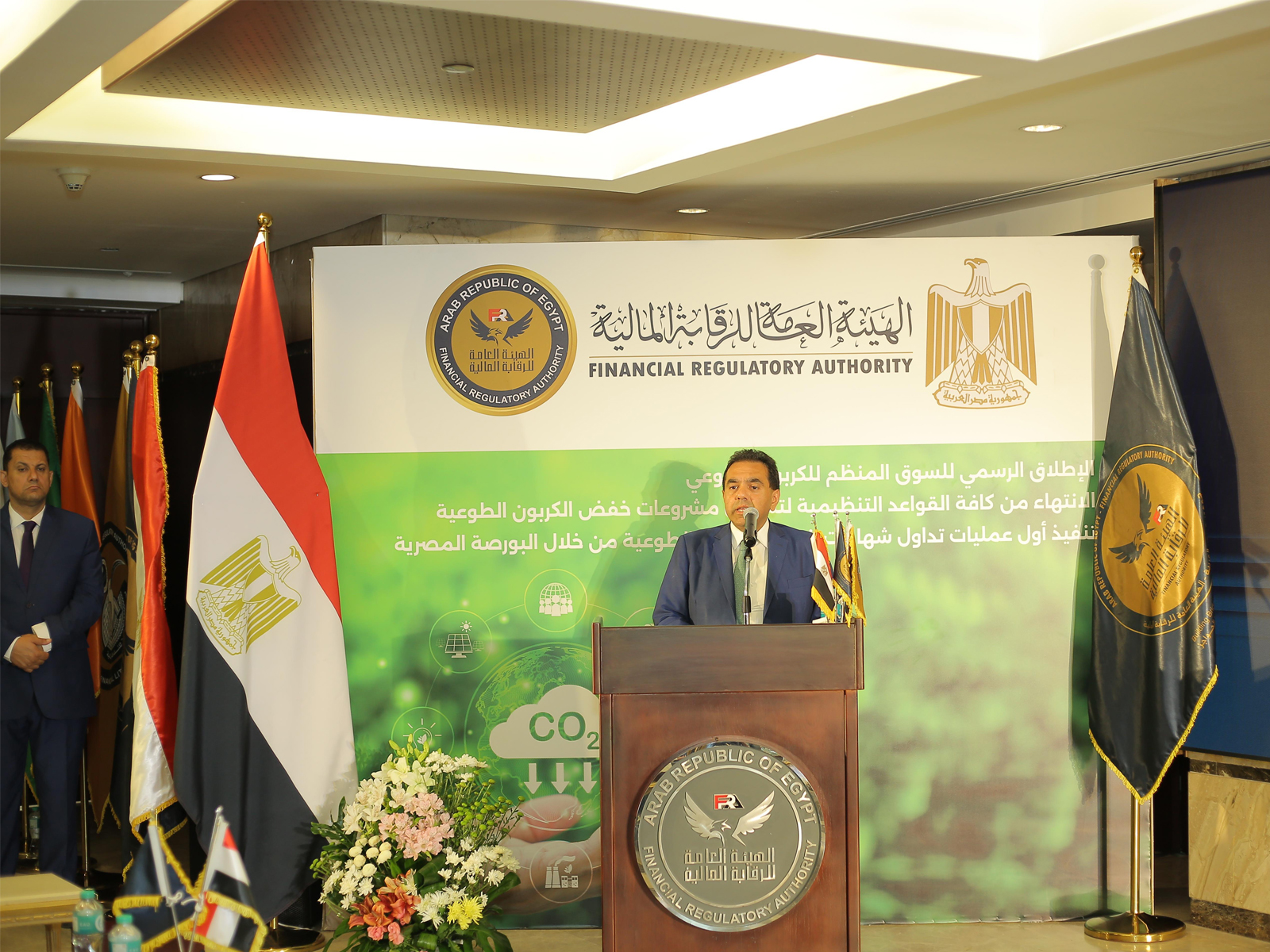
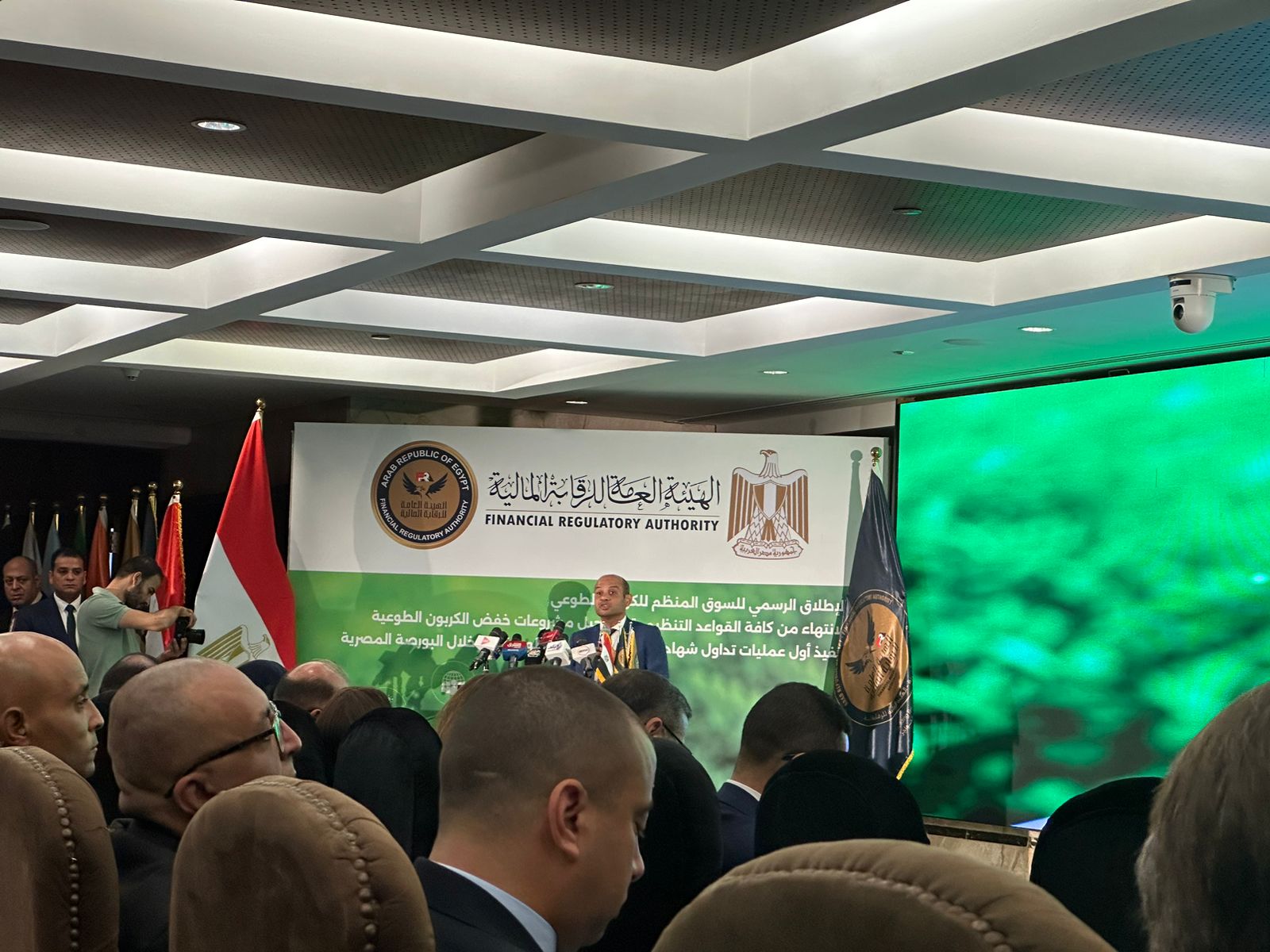
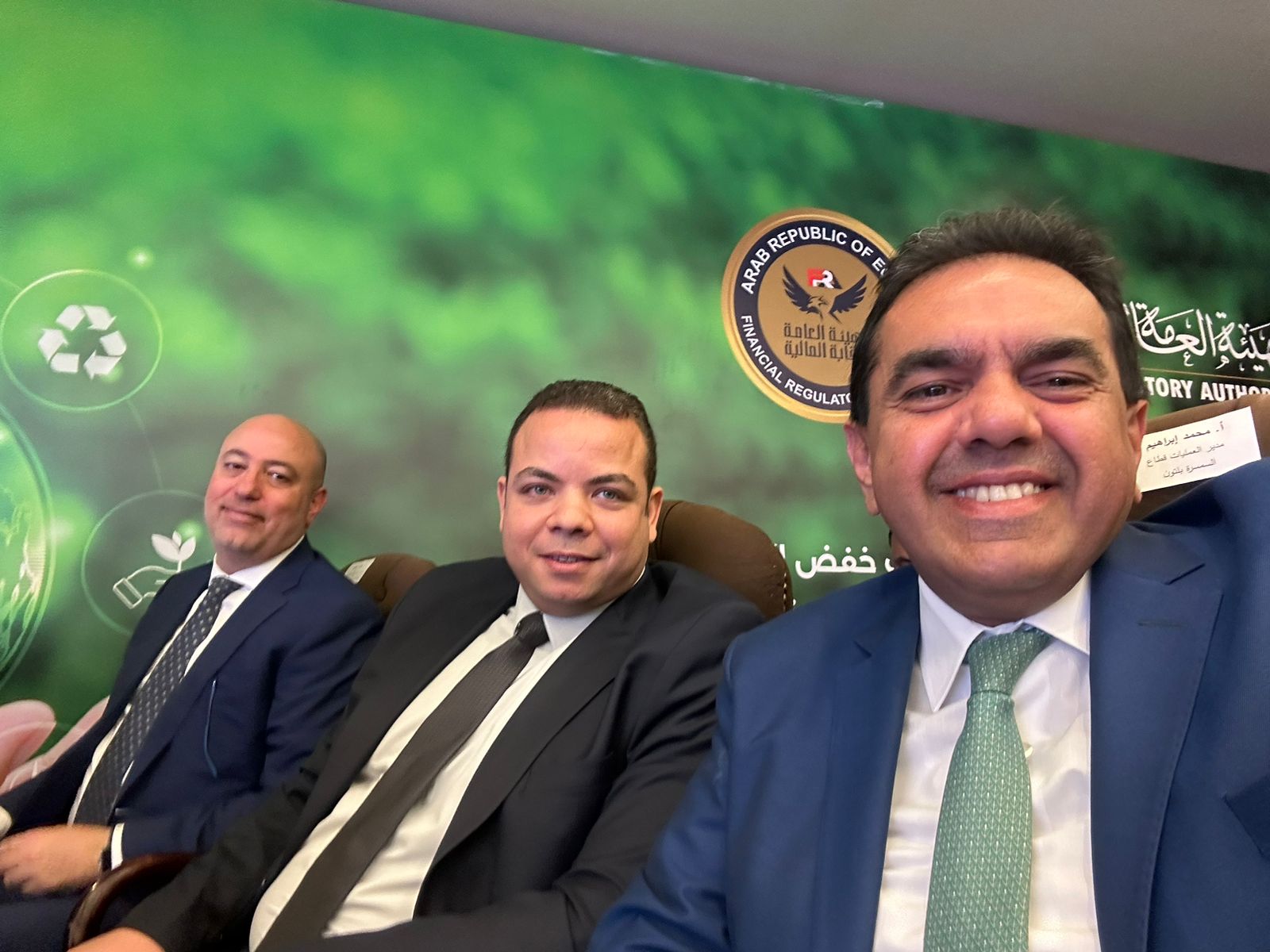
Exploring
Green, White and
Blue Washing Meanings
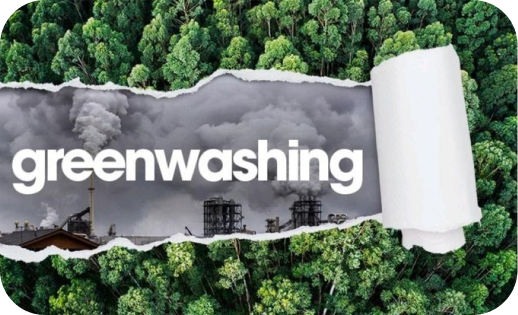
Green Washing
Green Washing refers to the deceptive marketing or PR tactics employed by companies or organizations to present an exaggerated or false impression of their environmental sustainability efforts. It involves promoting misleading claims or superficial actions that make an entity appear more environmentally friendly than it actually is. Greenwashing aims to capitalize on the growing consumer demand for eco-friendly products and practices without genuinely committing to sustainability.

White washing
White Washing is a term used to describe efforts to cover up or downplay negative aspects of an organization’s social responsibility or ethical practices. It involves presenting a falsely positive image or reputation by intentionally omitting or glossing over information that may reveal misconduct, social injustices, or unethical behavior. White washing seeks to maintain a favorable public perception while avoiding accountability for negative actions or policies.
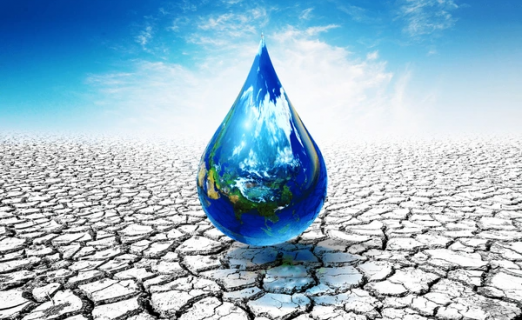
Blue Washing
Blue Washing refers to the practice of using misleading tactics to create an illusion of positive social or environmental impact related to water resources. It typically involves companies or organizations presenting themselves as champions of water conservation or sustainable water management without genuinely addressing water-related issues. Blue washing aims to enhance reputation and public perception without implementing substantive changes or solutions to water-related challenges.

